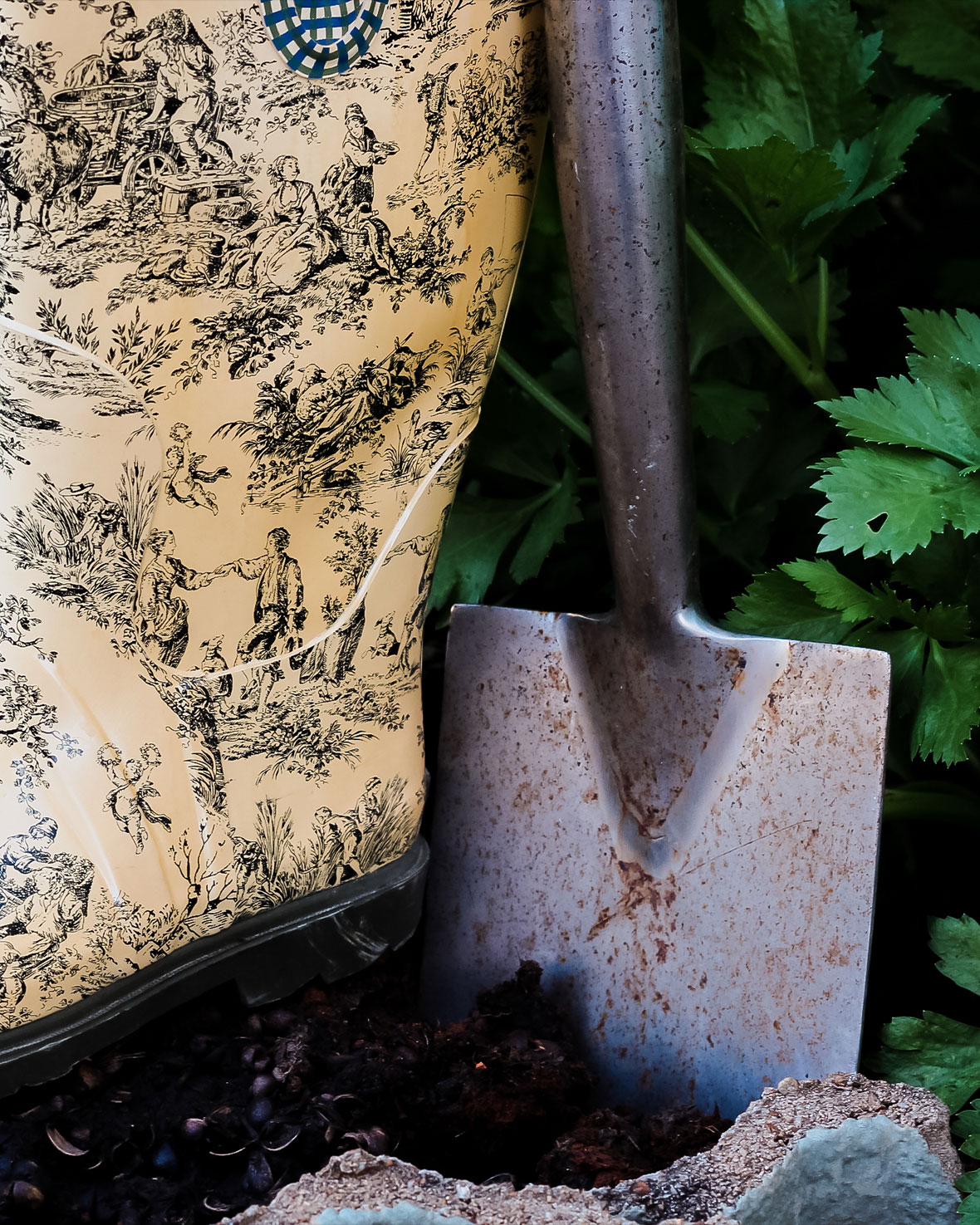Now is the perfect time to take a look at your garden and make major improvements. Winter is great for establishing new trees and shrubs, transplanting, pruning, and mulching. The days are warm but not too hot, so plants have time to get established and develop a nice strong root system before the hot weather arrives again.
As gardens grow, their very nature can change, and you need to adapt and respond to these changes. Plants that have grown tall and bushy may now cast too much shade in areas that are filled with sun loving species. Stressed plants, such as those trying to grow in unsuitable conditions, are much more susceptible to insect attack and disease. You need to either prune or remove the shade creators or replace the sun loving plants with more shade tolerant alternatives.
Sometimes, trimming is not enough. You may find that there are some plants that really need to be re-located. Many plants transplant very well, but some other, such as grevilleas and other members of the protea family, probably won’t survive the move. Don’t waste your time trying to move those. If they are in the wrong spot, take a deep breath, rip them out, and replace them with something more suitable.

But some things plants are easy to transplant, and you and your plant will be happier if you bite the bullet and do it now. The first step in transplanting is to give the plant a good drink. Then prepare the new position – dig the hole, adding some compost or good quality soil if necessary. Carefully dig up the plant that is to be moved, keeping as much of the root ball intact as you can. Plant it in its new home, making sure that the level of the soil is right – you want the top of the root ball to be level with the surrounding soil. Backfill the hole, and drench the soil with a seaweed solution to encourage new root growth. Mulch around the surface, and water again. It’s also a good idea to trim off some of the leaves at this time.
Water well with a seaweed solution, and repeat this every two weeks for the next month or so. This will help to reduce transplant shock and encourage new roots to grow. Make sure the plant doesn’t dry out while it is settling in to its new position. You should see signs of new growth before too long.
It’s also a good time to divide clumping perennials like agapanthus. It’s a great way to get free plants! You can use the new plants elsewhere in the garden, or share them with family and friends. Water the plant before digging it up. Trim off most of the leaves, and trim the roots too. Then plant in the new position, or in pots, at about the same depth as it was previously, and water it in well with seaweed solution.
In our climate, this is absolutely the best time of year for major planting projects, both for you and your plants.